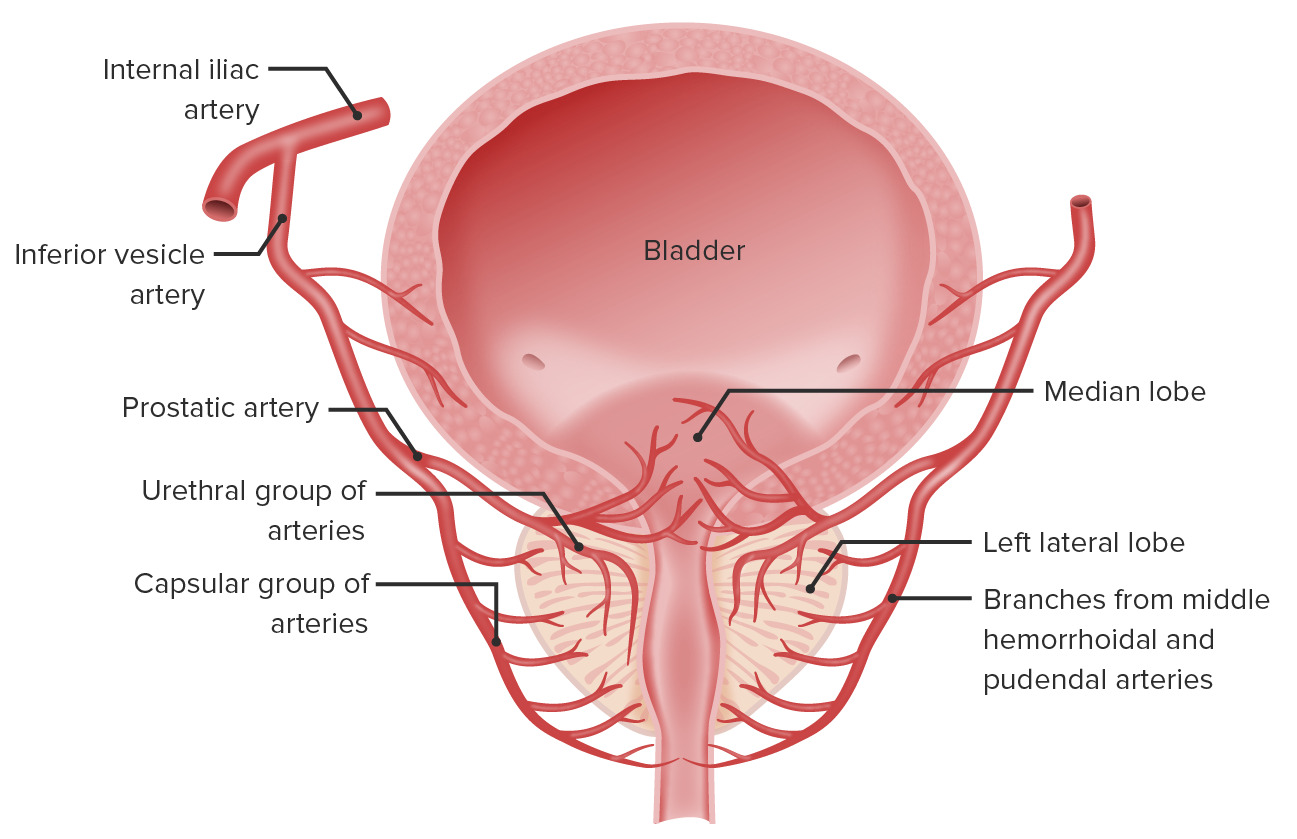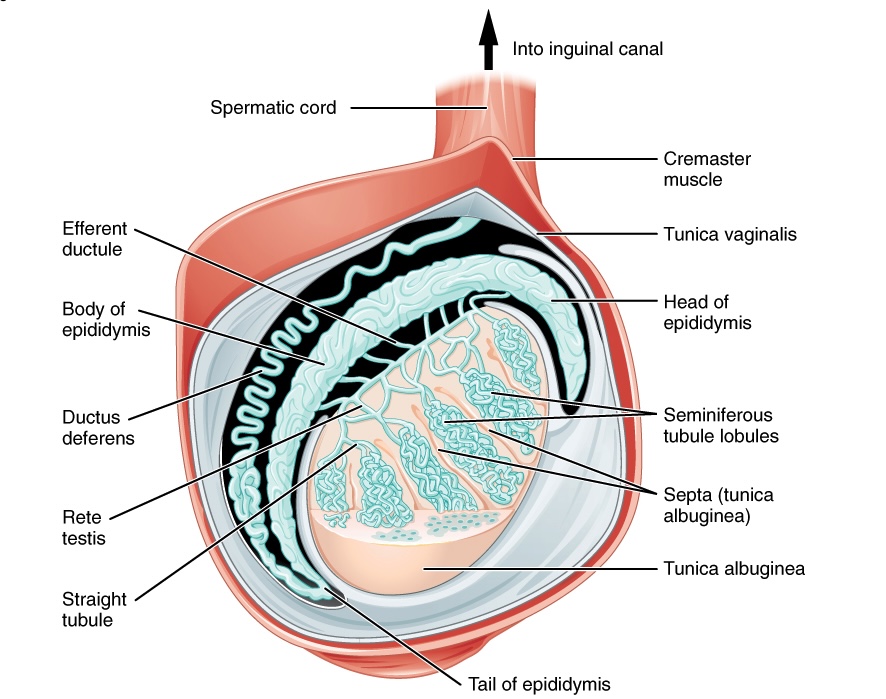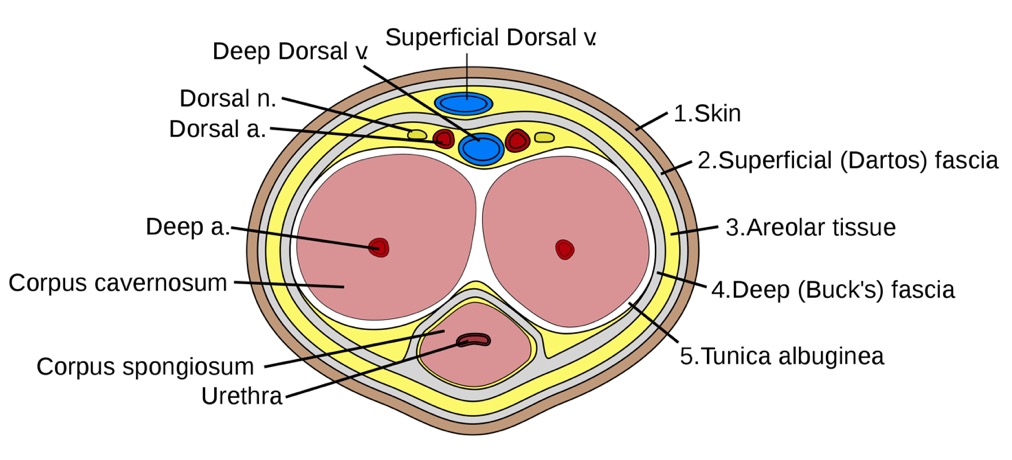Playlist
Show Playlist
Hide Playlist
Other Structures – Male Reproductive System
-
Slides 07 Human Organ Systems Meyer.pdf
-
Reference List Histology.pdf
-
Download Lecture Overview
00:01 In this lecture, I’m going to describe the accessory ducts and also the glands associated with the male reproductive system. It’s important at the end of this lecture that you are able to identify each of the duct systems and know what role they have in transporting sperm from the testes to the penis. I want you to understand and identify the different sorts of accessory glands, the prostate, seminal vesicle, and also their role in nourishing and protecting the sperm after ejaculation. You should all have a good understanding also of the structure of the penis and how blood flow going to the penis creates an erection. 01:01 These ducts are very important because they store the mature spermatozoa. The glands add secretions to the ejaculate to provide the nourishment for those spermatozoa in the ejaculate. 01:16 And it’s important to understand the structure of the penis as an organ of copulation in the male, and also, the organ that delivers urine outside the body. It contains the urethra. 01:32 And the urethra is a common conduit for delivering not only urine but also the ejaculate. 01:42 This slide illustrates the major organs of the male reproductive system. And I’ve listed those organs on the left-hand side of the slide. I’ve already described the testis in a separate lecture. In this lecture, I’m going to concentrate on the other structures listed. 02:06 Just look at the diagram and locate the testis. It’s a green circular structure suspended in the scrotum towards the base of the section of the slide. The bluey stained or colored component wrapping itself around, that posterior aspect of the testis is the epididymis, the ductus epididymis. And then that’s continuous with a long tube you see running up around the back of the bladder, that’s the vas or ductus deferens. And that joins both the seminal vesicle and the prostate gland which are the two major accessory glands I’m going to describe. And then, the delivery of both urine and also spermatozoa from the vas deferens is delivered into the urethra. You can see the urethra initially coming from the bladder. 03:13 The urethra passes down through the prostate, and then through a membranous component between the prostate before it enters the penis. So the urethra has both a prostatic component, a membranous component, and also a penile component. You can also see the ejaculatory ducts coming from the seminal vesicle, passing into the prostate gland. It’s important to understand the relationships of all these organs that I’ve just described, so that when we go through these organs in more detail, you’re aware of their relationship and the interaction each has with each other.
About the Lecture
The lecture Other Structures – Male Reproductive System by Geoffrey Meyer, PhD is from the course Reproductive Histology.
Included Quiz Questions
Which of the following regarding the male urethra is most accurate?
- It consists of a prostatic, membranous, and penile urethra.
- The ductus deferens joins the penile urethra.
- The urethra extends from the kidney to the bladder.
- The membranous part of the urethra is most distal.
- The membranous part is not present in all men.
Which of the following is a gland positioned below the urinary bladder?
- Seminal vesicle
- Rete testis
- Tubuli recti
- Ductus deferens
- Epididymis
Customer reviews
5,0 of 5 stars
| 5 Stars |
|
5 |
| 4 Stars |
|
0 |
| 3 Stars |
|
0 |
| 2 Stars |
|
0 |
| 1 Star |
|
0 |






